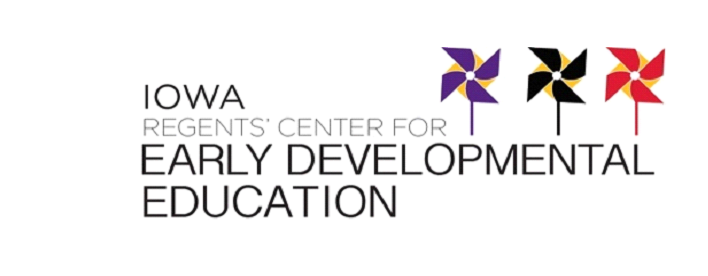Go Fish gives children the opportunity to form pairs of matching cards, and to count their pairs (or cards) at the end of the game. It is a great game for children who have just begun to play games and presents a minimal amount of challenges for them. The game provides players with practice with perspective taking. Players do not automatically know to hide their cards when they play. However, this game provides them with the opportunity to construct the idea that they can know which cards to ask for if they can see another player's cards. They may also come to realize that other players can do the same.
Many different versions of Go Fish cards can be found for sale at toy stores. One version is made by World Class Learning Materials. A set of Go Fish card templates is included with this game. Cards can be printed on card stock and laminated. If Go Fish cards are not available, a standard deck of playing cards can be used. If the children have difficulty distinguishing between the Jacks and the Kings, do not use the face cards. Rules for two different games using the Go Fish cards are included here: the standard version of Go Fish, and Go Fish Memory (a standard memory game).
Recommended # of players: 2-5 (Beginner & Intermediate)
Click here to download the game.
Standards Addressed
Head Start Standards
Social Relationships
- Communicates with familiar adults and accepts or requests guidance.
- Cooperates with others.
- Develops friendships with peers.
- Establishes secure relationships with adults.
- Uses socially appropriate behavior with peers and adults, such as helping, sharing, and taking turns.
- Resolves conflict with peers alone and/or with adult intervention as appropriate.
- Recognizes and labels other's emotions.
- Expresses empathy and sympathy to peers.
- Recognizes how actions affect others and accepts consequences of one's actions.
Self-Concept & Self-Efficacy
- Demonstrates age-appropriate independence in a range of activities, routines, and tasks.
- Demonstrates age-appropriate independence in decision making regarding activities and materials.
Self-Regulation
- Recognizes and labels emotions.
- Handles impulses and behavior with minimal direction from adults.
- Follows simple rules, routines, and directions.
Emotional & Behavioral Health
- Expresses a range of emotions appropriately, such as excitement, happiness, sadness, and fear.
- Refrains from disruptive, aggressive, angry, or defiant behaviors.
- Adapts to new environments with appropriate emotions and behaviors.
Approaches to Learning
Initiative and Curiosity
- Demonstrates flexibility, imagination, and inventiveness in approaching tasks and activities.
- Asks questions and seeks new information.
Persistence & Attentiveness
- Maintains interest in a project or activity until completed.
- Resists distractions, maintains attention, and continues the task at hand through frustration or challenges.
Cooperation
- Plans, initiates, and completes learning activities with peers.
- Joins in cooperative play with others and invites others to play.
- Models or teaches peers.
- Helps, shares, and cooperates in a group.
Logic and Reasoning
Reasoning & Problem Solving
- Seeks multiple solutions to a question, task, or problem.
- Recognizes cause and effect relationships.
- Classifies, compares, and contrasts objects, events, and experiences.
- Uses past knowledge to build new knowledge
Language Development
Receptive Language
- Attends to language during conversations, songs, stories, or other learning experiences.
Expressive Language
- Engages in communication and conversation with others.
- Uses language to express ideas and needs.
- Engages in conversations with peers and adults
Mathematics Knowledge and Skills
Number Relationships & Operations
- Uses a range of strategies, such as counting, subitizing, or matching, to compare quantity in two sets of objects and describes the comparison with terms, such as more, less, greater than, fewer, or equal to.
- Recognizes that numbers (or sets of objects) can be combined or separated to make another number through the grouping of objects.
- Identifies the new number created when numbers are combined or separated.
Patterns
- Sorts, classifies, and serializes (puts in a pattern) objects using attributes, such as color, shape, or size.
- Recognizes, duplicates, and extends simple patterns.
Common Core Standards
Kindergarten
Classify objects and count the number of objects in each category.
- K.MD.3. Classify objects into given categories; count the numbers of objects in each category and sort the categories by count.

